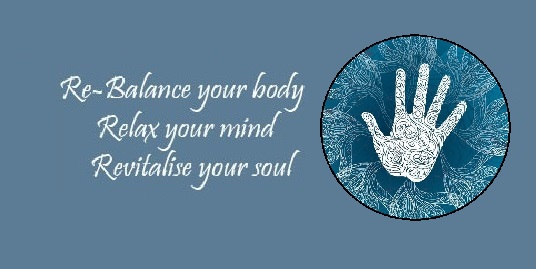
What happens to water when it lacks oxygen? It stagnates and starts to get really nasty and unable to support life. The human body is made of approximately 75% water. So, it stands to reason that, without proper breathing, our bodies also stagnate and fall prey to toxins, pain, and dis-ease (more on that term in later blogs). Air is the most important element of survival. As human beings, we can survive for weeks without food and few days without water, but only a few minutes without air. However, there is more to breathing than simple survival. Though the act of breathing is mainly automatic, awareness of this basic need and conscious control of it can greatly increase a person’s quality of life.
As we know, breathing is the main exchange for oxygen and carbon dioxide in the body. With proper diaphragmatic breathing techniques, the efficiency of this exchange can be greatly increased than with what is commonly referred to as “chest breathing”. There are two classifications of breathing: chest breathing and abdominal (or diaphragmatic) breathing. Chest breathing uses only the upper chest muscles to open the rib cage. Very little air is drawn into the lungs using this method, using only about one quarter of the lung’s capacity. On the other hand, abdominal breathing uses the muscles in the abdomen, sides and back of the lower torso to draw the diaphragm down to its maximum ability. With the chest fully expanded, up to eight times the amount of air can be drawn into the body than when just using chest breathing.
Many people misunderstand instructions when first learning about diaphragmatic breathing. People are taught to lie on their back with one hand on their chest and the other on their belly then move just the hand on their stomach with their breathing. Later, they are taught how to breathe from their abdomen when sitting, standing, walking, etc. Though these are good first few steps, I feel that the lessons should not end there. It is not about solely using the abdomen to draw in breath. True, full breathing is about drawing the breath down with your diaphragm initially, and then expanding the sides, the back and then the chest to open the lungs up completely. Eventually, your breath expands so that you breathe with your entire body, expanding and contracting like waves in the ocean.
Picture a sand table with all those little hills and places where sand is not perfectly smooth. Now imagine a breeze blowing across the sand table, smoothing out all of the uneven places making it clean and pristine. This is a good analogy for tension in the body and how breath can help release it. When you’re in a massage session and the therapist hits that one spot that makes you hitch your breath a little, instead of holding your breath, try breathing into that spot as the therapist is working on it. You may find that the spot of tension which had been bothering you for so long and just would not let go originally finally releases without as much pain and stays away longer. Much like the sand in the table, full breathing techniques can help smooth out tension in the body and ease pain.
Aside from the obvious that holding your breath could make you pass out, holding your breath, or not breathing fully, holds in pain, tension, and unwanted toxins that could fester inside you, cause or worsen dis-ease, and kill you slowly and painfully. So breathe easy. Breathe fully with your whole body. Control your breath and take back your health and your life.
